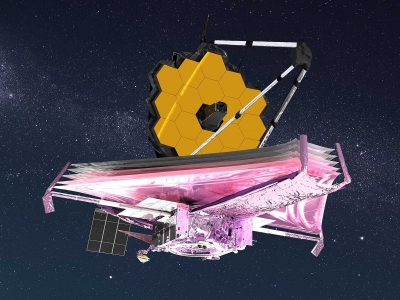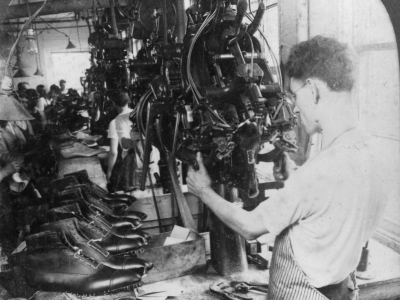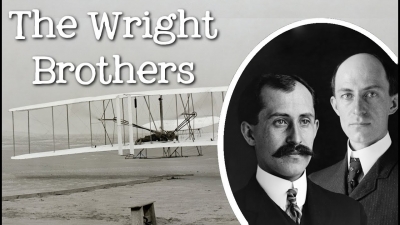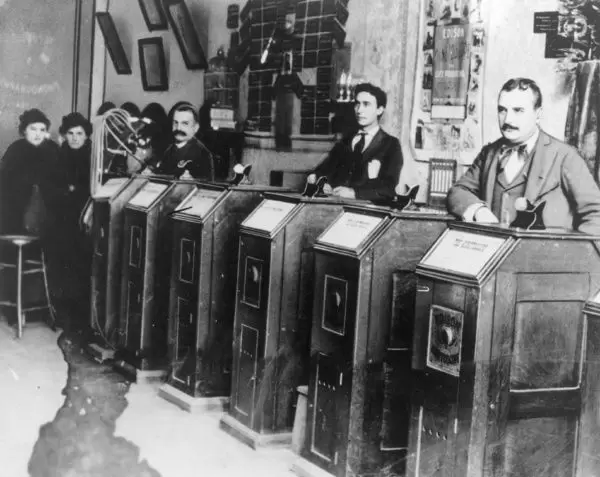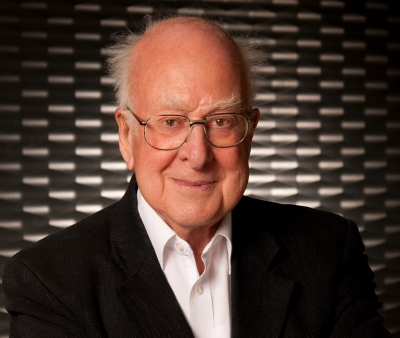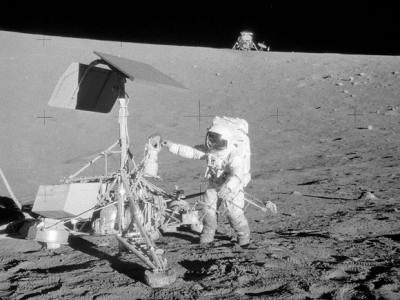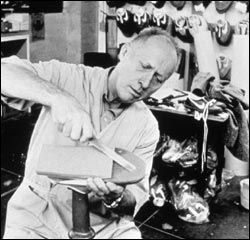WHAT WAS INVENTED BY WALTER HUNT?
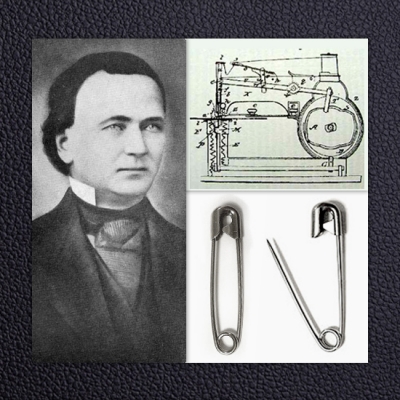
On July 25, 1854, American inventor Walter Hunt received his patent for a paper shirt collar-"Improvement in shirt collars". This was one of Hunt's many inventions, the more popular of which are the safety pin and the sewing machine.
When you use a safety pin or see the paper collar in a shirt do you ever stop to think about how it came to be in the first place? There are many such inventions that silently go about doing their roles effectively, without pomp and fanfare. When it concerns the safety pin or the paper collar, they are probably taking a leaf out of their inventors book. For American inventor Walter Hunt spent a lifetime inventing without becoming a household name despite his successes.
Born in 1796 in the rural part of New York, very little is known about Hunt's early childhood. His obituary mentions that he was more interested in people and what he could do for them rather than his own welfare, right from childhood. It was a trait that he had throughout his life as he devoted himself to his dear ones, often giving away everything in his possession, even if that meant he didn't have enough to provide for himself.
Hunt's first patent
Hunt's family worked in a textile mill in the town of Lowville. With his ability to provide mechanical solutions to even complex problems, Hunt was able to work with Willis Hoskins, the mill owner, inventing and patenting a machine for spinning flax and hemp. This patent, which they obtained in 1826, was Hunt's first.
In 1833, Hunt invented a sewing machine that used a lockstitch - the first time an inventor had not tried to replicate a hand stitch with their machine. There's reason to believe that Hunt never patented it at the time as his daughter talked him out of commercialising the device, warning that its success would leave a lot of seamstresses unemployed.
This meant that the first patent for a lockstitch sewing machine went to American inventor Elias Howe in 1846. In the aftermath, Hunt applied a patent for his sewing machine in 1853. While the Patent Office recognised Hunt's precedence and he therefore received public credit for the invention. Howe raked in the money as his patent continued to be valid owing to certain technicalities.
Repaying a debt
Between the time he invented and patented his sewing machine, there was once a time when Hunt found himself owing a man a $15 debt. Eager to invent something that would allow him to erase the debt. Hunt is believed to have twisted an ordinary metal wire until he ended up with a device he called the "dress pin".
Even though the idea wasn't entirely novel and the concept can even be dated back to the Roman empire, Hunt was able to bring in innovations that made a lasting impact. With a clasp to keep the pin's point inside a protective case and a spring at one end that forced the other end in place. Hunt's dress pin had all the features now found today in every safety pin.
Hunt received a patent for his dress pins on April 10, 1849 and sold its rights for just $400 off his own volition. The money helped him repay his debt, even though it was only a minute fraction of the substantial fortune that his invention created.
Muslin and paper
A little over five years later, on July 24, 1854, Hunt received a patent for his paper shirt collar - "Improvement in shirt collars". He used a base of thin white cotton muslin and pasted very thin white paper on both its sides. These collars could be pressed between heated forms to make the shape of the neck. These collars were then varnished, thereby guarding it against the effects of sweat and also allowing it to be wiped clean with a damp cloth.
Until his death in 1859, Hunt continued to invent and patent devices, which included a knife sharpener, heating stove, ice boat, fountain pen, and a reversible metallic heel for shoes, to name a few. Even though he sold the rights to most of his patents, allowing others to enjoy the financial rewards that his devices brought, he was respected and recognised as someone who had spent his entire lifetime inventing.
Picture Credit : Google
